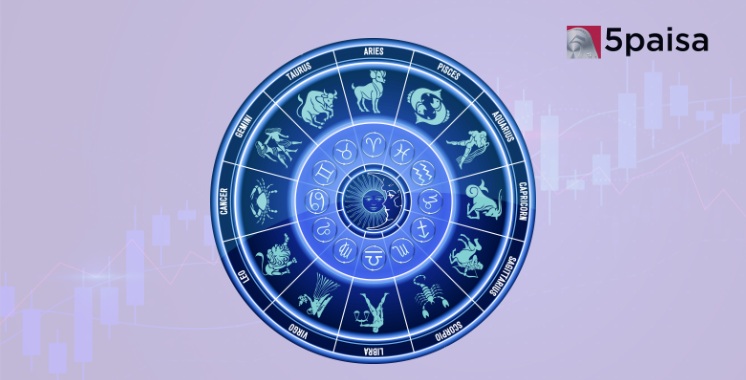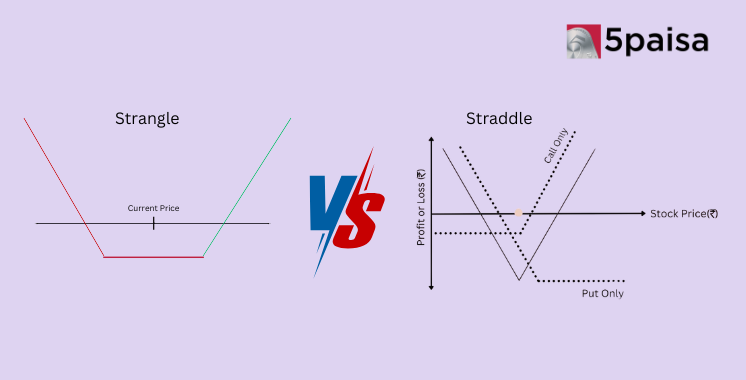What Kind of Investor Are You Based on Your Zodiac Sign?
What is an International Securities Identification Number (ISIN)?

An International Securities Identification Number (ISIN) is a unique identifier assigned to a specific security, such as a stock or bond, that is traded on an exchange. It consists of a 12-character alphanumeric code that uniquely identifies a security and helps to facilitate trading and settlement processes.
The ISIN is used by financial institutions, regulators, and investors to identify securities, track their trading activity, and ensure accurate settlement of transactions. It provides a standardized format for identifying securities across different markets and countries, which is essential for international trading.
ISINs are assigned by the National Numbering Agencies (NNAs) in each country, and are registered with the International Organization for Standardization (ISO). The NNAs are responsible for issuing and maintaining ISINs for securities issued within their respective countries, while the ISO ensures that the format and structure of the codes remain consistent across different markets.
Overall, ISINs play a crucial role in facilitating international trading of securities and providing transparency and efficiency to the global financial system.
Understanding ISIN
The process for assigning an ISIN typically involves the following steps:
Application: The issuer or its authorized representative applies to the NNA in their country for an ISIN. The application will include details about the security, such as its name, type, currency, and any other relevant information.
Verification: The NNA verifies the information provided in the application and may request additional documentation or clarification if needed.
Allocation: If the NNA determines that the security meets the requirements for an ISIN, it will assign a unique 12-character alphanumeric code to the security.
Registration: The NNA registers the International Securities Identification Number with the ISO, which ensures that the ISIN conforms to the international standard and is recognized globally.
Once assigned, the ISIN remains with the security for its entire life, even if it is traded across different markets or countries. This helps to ensure accurate tracking and settlement of transactions, as well as transparency and efficiency in the global financial system.
History of ISIN
In 1981, the International Organization for Standardization (ISO) established a technical committee to develop standards for the financial industry, including the standardization of securities identification. The ISO recognized the need for a unique identifier that could be used to identify securities worldwide, and set out to develop a standard that would meet this need.
In 1983, the ISO published the first version of the International Securities Identification Number standard (ISO 6166), which specified a 12-character alphanumeric code that could be used to identify securities across different markets and countries. The standard was adopted by financial institutions and regulators around the world, and today, ISINs are used to identify securities traded on over 100 exchanges in more than 200 countries.
The implementation of International Securities Identification Numbers has brought greater efficiency and transparency to the global financial system, facilitating international trading and helping to prevent errors and fraud. It has also made it easier for investors to track and manage their portfolios across different markets and countries, and has improved the accuracy and reliability of financial data.
Highlights of ISIN
- The ISIN code is a 12-digit (alphanumeric) numbering system used to designate securities like stocks and bonds in a certain way.
- It is distributed by the National Numbering Agency, which is present in every nation.
- The country code of the issuing company's headquarters, the unique security identification number, and a check digit are all included in its structure.
- For example, the ISIN of LIC is INE0J1Y01017. The first two letters (IN in case of LIC) show the country code. The next nine digits are specific to the security and the last one is used as a check digit.
Conclusion
ISINs allow investors to easily and accurately identify and track the securities they own, as well as enable market participants to process trades and settle transactions efficiently. Additionally, ISINs provide transparency and accountability in financial markets, making it easier for regulators to monitor trading activities and detect potential fraud or manipulation.
Overall, the importance of International Securities Identification Numbers cannot be overstated, as they help to ensure the integrity and efficiency of global financial markets.
Frequently Asked Questions
How long is an ISIN?
Who assigns ISIN?
What is the purpose of an ISIN?
Do all securities require an ISIN number?
Can two securities have the same ISIN?
- Flat ₹20 Brokerage
- Next-gen Trading
- Advance Charting
- Actionable Ideas
Trending on 5paisa
06
 5paisa Research Team
5paisa Research Team
Indian Stock Market Related Articles
Disclaimer: Investment in securities market are subject to market risks, read all the related documents carefully before investing. For detailed disclaimer please Click here.

 Sachin Gupta
Sachin Gupta




